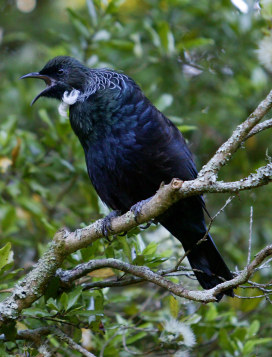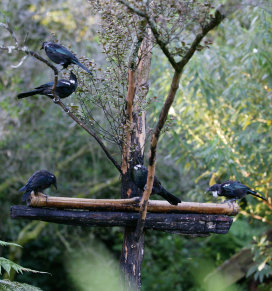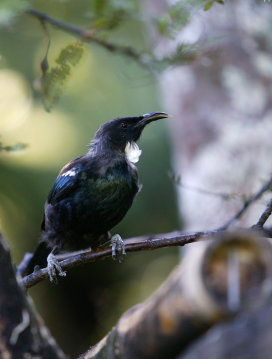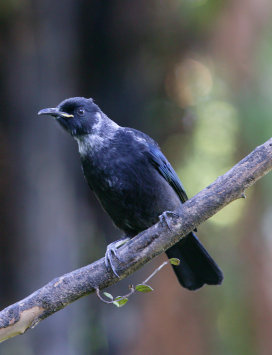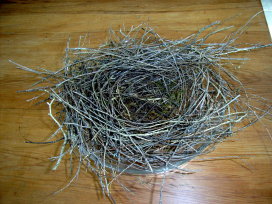Te Kainga Marire


Tui - At Te Kainga Marire
When David and Valda purchased their half-acre (0.2 hectares) of bare land in the Te Henui valley in 1972 they noticed an absence of tui in the area and resolved to change the situation. Carefully planned native plantings on their own property and the surrounding reserve land were designed to increase the populations of tui and other nectar feeding native birds living in the area. Their plan worked and now Te Kainga Marire is home to families of tui.
Valda tells the story:
In 1980, two years after moving into our newly completed family home, we planted the first flax (Phormium) plants in the adjoining Te Henui Reserve. Some native forest remnants and council plantings of kowhai and pohutukawa trees already existed. We also encouraged our local council to increase the numbers of native tree species they planted each year. As the plantings matured the melodic sounds of tui song increased as these birds made seasonal forays for nectar, fruits and insects.
By the year 2000, a resident tui population in the Te Henui Valley had become established. About this time David and I made a commitment to start feeding a sugar/water supplement to help this population through the hungry gap in each year when nectar and berries were in short supply.
David made bamboo troughs which he attached to the Lophomyrtus and kowhai trees at Te Kainga Marire. These we filled daily with fresh syrup. The first little birds to arrive were the tauhou or silvereye (waxeye). These small, yellowish-green birds arrive in flocks when the cold weather drives them away from the ranges of Mt Taranaki at the onset of winter. Frustratingly, these were the only birds using the feeding stations till the spring of 2003 when our patience was rewarded as the tui appeared and very confidently hopped down the branches of the Lophomyrtus tree to the bamboo trough and started sipping. We danced for joy! That October day was the turning point for our ‘Project Tui’. That summer we were rewarded once again as the parent birds shyly introduced their newly fledged brood to the feeding stations and to us, the very proud garden creators and owners. This marked the start of a very successful tui breeding programme in and around the garden.
At Te Kainga Marire the nest building often commences in late October to early November. Unfortunately, these first nests are subject to damage by spring storms whipping through the garden, and are often abandoned. Subsequent nesting activity is usually concentrated slightly up stream from the garden (around Adam’s point) where the trees are well protected from the spring southerlies. ‘Our’ tui family disappears from the garden during November and reappears with their fledglings during the first week of January. The ‘patriarch’, Poppa Tui, is first to arrive home. He reclaims his garden and feeding troughs with much dive-bombing and beak clacking – all directed at any indigenous intruders. The female and young birds follow, about one week later. These young birds are then encouraged to feed independently by both the male and female parent. Within three weeks many tui families are here and are interacting and feeding once again. What a delight it is to see flocks of young tui interacting together – practising their flying and learning the calls and songs of the adult birds. We have been truly blessed.
Ornithological details
MELIPHAGIDAE – Honey eaters
TUI – Prosthemadera novaeseelandiae – other name Parson Bird
Habitat: Forest dweller
Breeding: November – January
Nest: generally in a fork in the outer branches or canopy; base a bulky structure of sticks and twigs up to ten inches in diameter. The inside of the nest may be lined with moss or grasses or sometimes a few feathers.
Eggs: 2 – 4 white or pale pink. Reddish brown specks or blotches – mainly at large end. Incubation by female while male sings from a nearby tree.
Fledglings: 21 days. Fledglings sprout throat-tufts within a month and with another six weeks for the adult plumage to fully develop.









